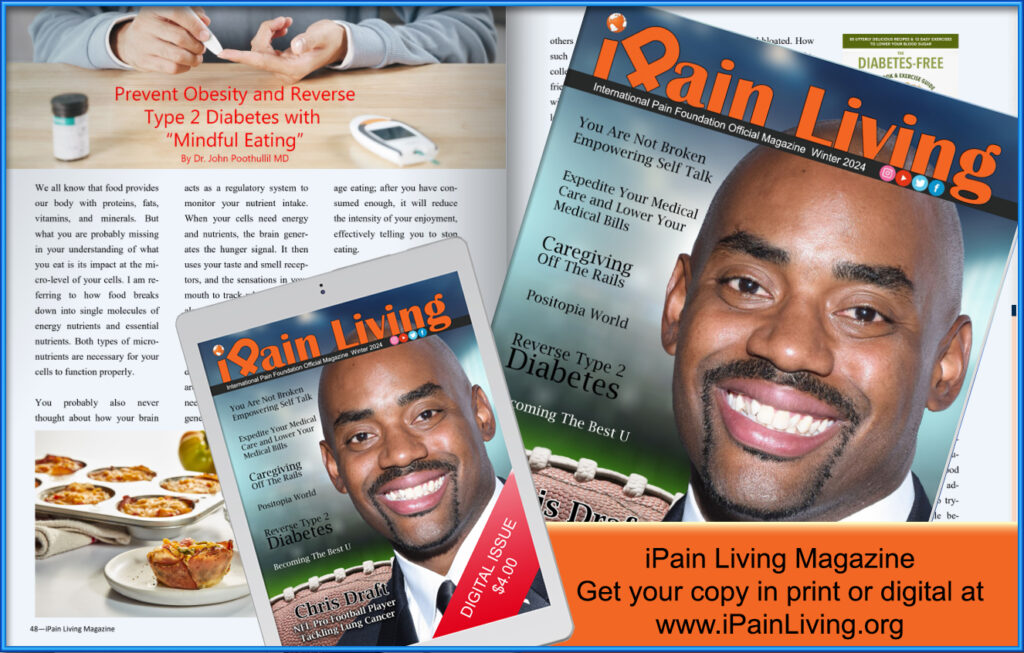
I was honored to be a contributor once again to the Winter 2024 iPain Living Magazine Edition. My article, found on page 48, discusses how you can change your reverse many conditions by eating mindfully.
Prevent Obesity and Reverse Type 2 Diabetes with “Mindful Eating”
We all know that food provides our body with proteins, fats, vitamins, and minerals. But what you are probably missing in your understanding of what you eat is its impact at the micro-level of your cells. I am referring to how food breaks down into single molecules of energy nutrients and essential nutrients. Both types of micro-nutrients are necessary for your cells to function properly.
You probably also never thought about how your brain acts as a regulatory system to monitor your nutrient intake. When your cells need energy and nutrients, the brain generates the hunger signal. It then uses your taste and smell receptors, and the sensations in your mouth to track what you eat. It also assesses the hormones in your stomach and intestines, and the level of glucose and micro-nutrients in your blood to determine whether your cells are receiving the nutrients they need. If yes, the brain will first generate enjoyment to encourage eating; after you have consumed enough, it will reduce the intensity of your enjoyment, effectively telling you to stop eating.

If this sophisticated brain mechanism exists in humans, why do so many people overeat? The answer is that most people do not eat “mindfully.” What I mean by this is that many people do not respond to the signals from their brain regarding when and how much to eat. Instead, they overeat for one or more of the following reasons:
You eat when you are not truly hungry: Many people eat many times a day or even snack all day long, but there is no real hunger signal. They may eat because they enjoy the taste of a food or they feel stressed out and use food to calm themselves. Or they may eat because others around them are eating, such as at work lunches with colleagues, social outings with friends, or at parties. Eating without being hungry usually leads to overeating and thus weight gain.
You eat too fast: People often eat too fast because they are busy, feel under pressure to return to another activity, or by force of habit from their childhood. The problem is, when you eat too fast, you tend not to chew your food, swallowing it in large bites. The taste and smell receptors in the mouth are unable to register the amount of nutrients entering your body. You are thus likely to overconsume food, such as asking for seconds, because you are not paying attention to the signal from the brain to stop eating.
You eat to feel full in the stomach: When you drink water to quench your thirst, you don’t drink until your stomach feels full. You stop drinking when your thirst is quenched. In contrast, many people continue eating until their stomach feels completely full, a habit they have difficulty overcoming even though it makes them feel bloated. How many times have you thought, “I didn’t need that second helping.” Or “I wish I had stopped eating 10 minutes ago?” The fact is, it takes time for digestion in the stomach and intestine to occur before the brain receives signals that you are full enough to stop eating. If you eat slowly and mindfully, you will feel satisfaction after eating probably only half as much as you normally eat. Try it!
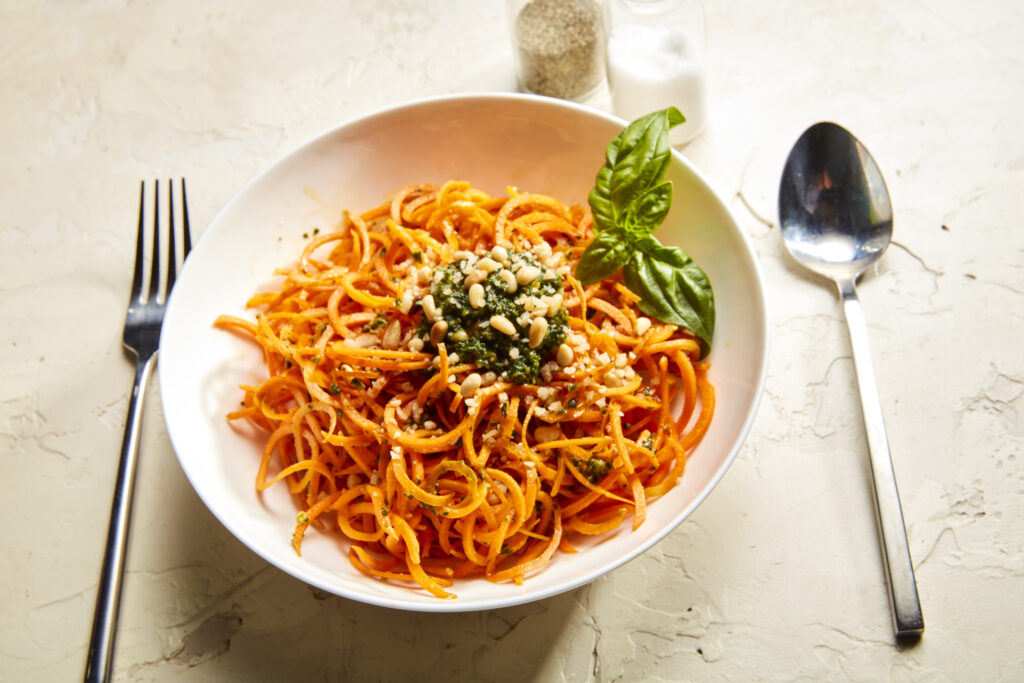
You eat too much of the wrong food out of habit: If you routinely had bacon, eggs, and biscuits, or a meat and a starch like rice or potatoes for dinner every night when you grew up, your brain likely create a craving for these same foods all the time even though your body does not need nutrients from these items every day. For many people, these cravings tend to be for foods high in carbohydrates, salt, and fat.
You are preoccupied: If you are reading, watching TV, at an event, or working while eating, your conscious mind is not paying attention to how much food you consume. Instead, your subconscious mind takes over and you go on autopilot, eating whatever is on your plate. You often fail to even appreciate the flavors of your food when you are preoccupied since you eat too fast, do not chew the food, and are failing to pay attention to the satiation signal from the brain.
You are an unwitting victim of powerful advertising and marketing: Today’s world is full of food promotions, food TV shows, and attractively designed food displays in supermarkets. Fast food restaurants are everywhere, and food companies are masters of advertising to lure you into trying their products while becoming addicted to the sights, tastes, and smells. In the Western world, food is abundant and generally inexpensive enough to allow most people to overconsume. You are probably not even aware of how much and how often you are eating based on tastes that have been marketed to you.

Adopting Mindful Eating
If you are gaining weight or are already well overweight, or you have high blood sugar, it is vital that you try to adopt “mindful eating.” Before each time you eat, ask yourself if you are truly eating out of hunger, or are you stressed out, or eating only because others around you are. When you eat, chew each bite of food slowly, and savor the flavors of the ingredients. Focus on the act of eating rather than watching TV, reading your cell phone messages, or working on your computer. Become aware of the sense of satisfaction and commit to stop eating before you feel bloated.
In short, become mindful of why you are starting to eat and when it is the right time to stop eating. Paying attention to the hunger signal and the satiation signal is the first key to mindful eating.
There are also two other important aspects to mindful eating: 1) reduce how much you eat to connect with your “authentic weight,” and 2) avoid eating foods that contribute to weight gain, obesity, and Type 2 diabetes. Let’s look at each of these.
Reducing How Much You Eat
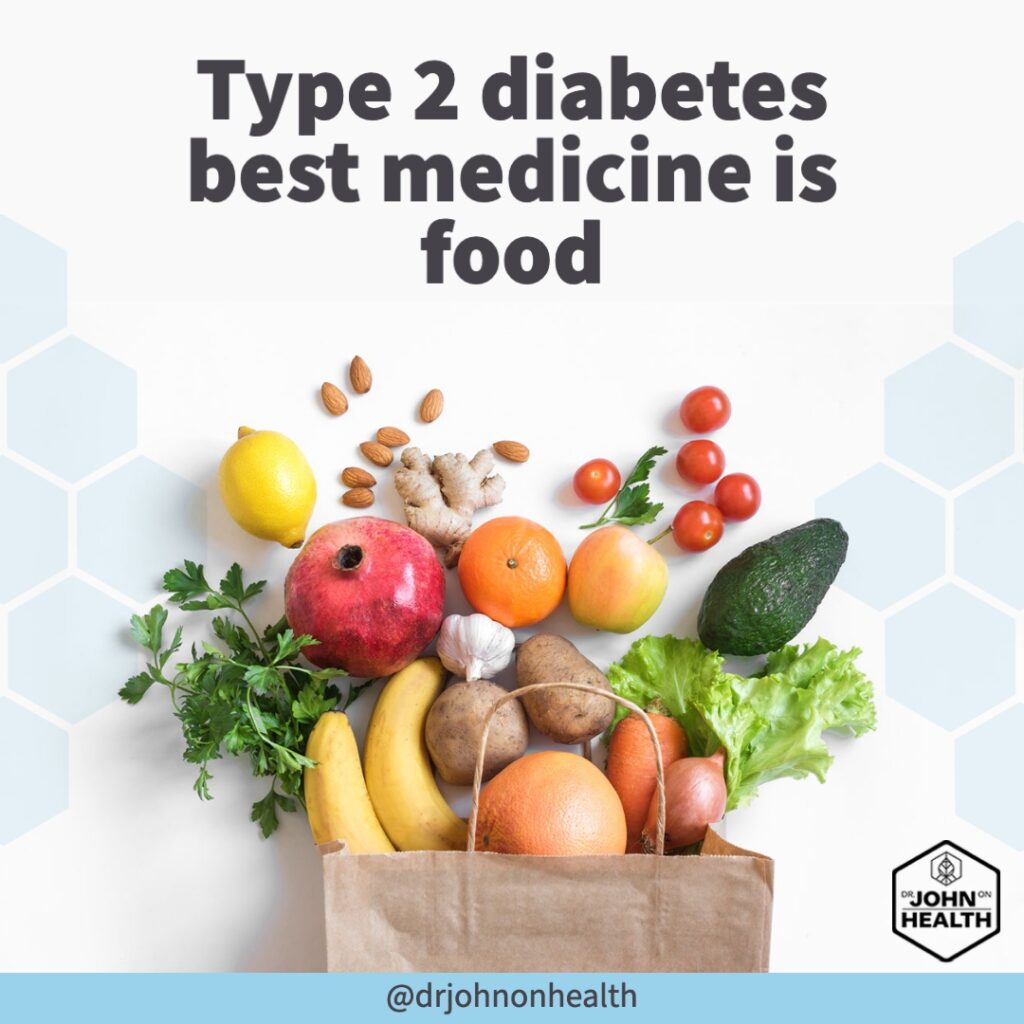
Many books and the majority of doctors tell people to consume a set number of calories per day, based on age, sex, height, and weight. Typically, they also say to reduce the amount of fat consumed and eat more vegetables, fruit, and whole grain breads, plus exercise more.
The problem with this advice, however, is that it is too generic to work. How much and what an individual should consume cannot be standardized; it must match that individual’s nutritional needs each day. One day, the person may need only 2000 calories, but on another busier, more active day, the person may need 3000 calories. Any standardized diet recommendation will also fail to consider the many different nutrients the body needs, which can change day by day. That is why a highly varied diet is best to obtain the many different nutrients your cells need for optimum functioning and overall health.
If you have been gaining weight or are already overweight, mindful eating will help you reconnect with your body’s “authentic weight” so you can better assess how much to eat each day. Most people intuitively have a sense of their authentic weight, but if you do not, it is roughly the weight you had when you reached your early twenties. When you are not in touch with your authentic weight, you will likely overconsume, disregarding the feelings of being bloated and discomfort after eating. In contrast, when you are in touch with your authentic weight and you doing mindful eating, you will begin paying greater attention to why and how much you consume. This greater awareness strengthens your willpower and makes it easier to commit to losing weight, or at least, not gaining more.
Avoiding Foods that Contribute to Gaining Weight, Obesity, and Type 2 Diabetes
If you look at the rate of occurrence of obesity and Type 2 diabetes in the world, it can be clearly traced back to the agricultural and industrial revolutions of the 1950s and ‘60s when scientists and farmers improved irrigation, developed studier grain seeds, invented better milling and packaging machines, and the government offered subsidies to make these corn, wheat, and rice cheaper. Efficient marketing, attractive packaging, longer shelf life and visually appealing advertising made grain-based foods made from those three grains very popular. The fast food industry also took off, as consumers ate more bread-based sandwiches, noodles, pastas, pizza, tacos, rice, donuts, muffins, cakes, pies, and snack foods made from these grains.
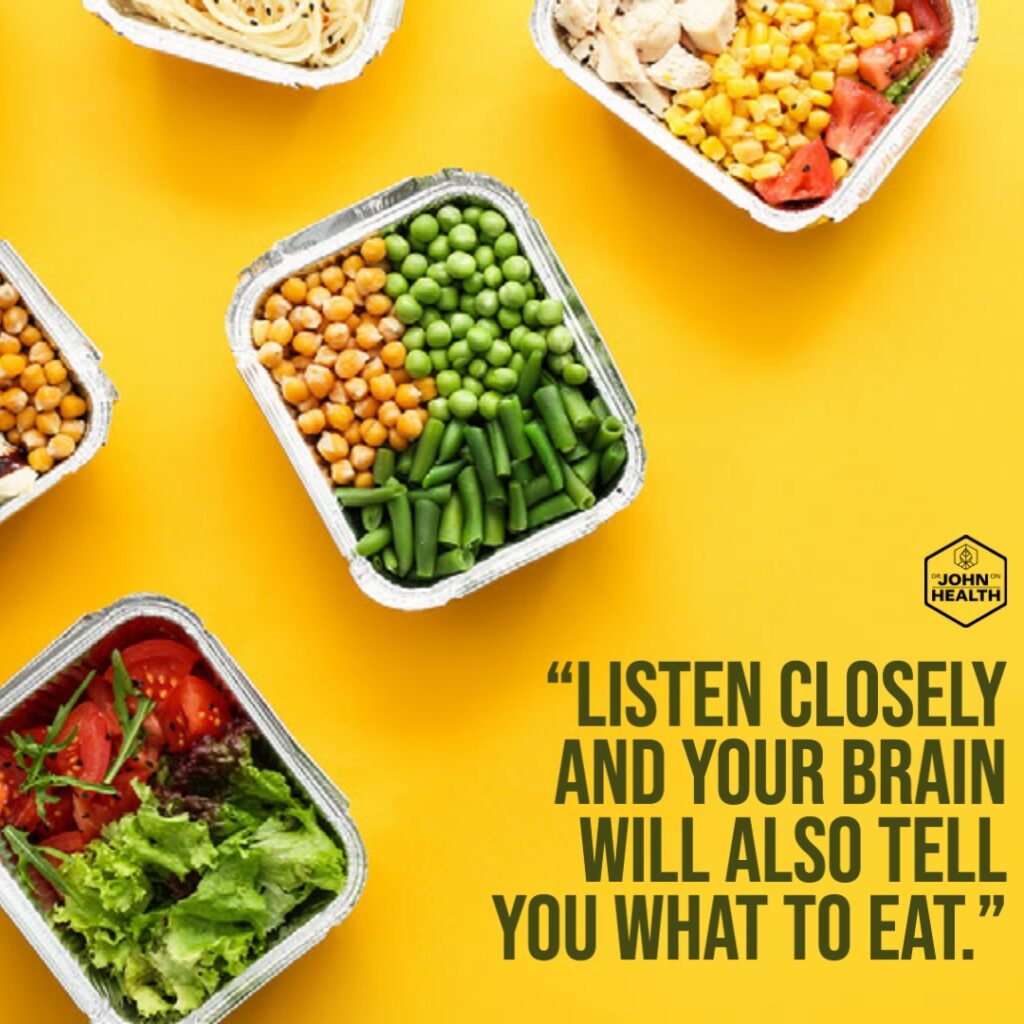
Today, consumers all over the world often eat 50% of their daily calories from grains. This results in the release of huge amounts of glucose into the bloodstream that the body cannot utilize immediately. This glucose is transformed into fatty acids to be stored in your fat cells, leading to weight gain and obesity.
However, every person has a certain amount of fat cells in their body, reflecting their genetic makeup and family history dating back thousands of years. In people who do not have enough fat cells to keep storing the fatty acids produced from the overconsumption of grains, the consequences can be Type 2 diabetes. Once the fat cells become full, the fatty acids remain in the bloodstream where muscle cells burn them for their energy, rather than glucose. This is what eventually leads to Type 2 diabetes.
By adopting mindful eating, you will also raise your awareness of overconsuming grains and grain-flour products that lead to weight gain, obesity, and Type 2 diabetes. In general, most people need to cut their consumption of grains and grain-based foods by 20% to 30% of what they currently consume.
In my new book The Diabetes-Free Cookbook & Exercise Guide, I provide more than 80 recipes you can make for breakfast, lunch, dinner, dessert and for snacks as you adopt mindful eating. I recommend that you set a goal of trying mindful eating for just 8 weeks and you will likely begin losing weight, as well as see your blood sugar level go down, reversing your Type 2 diabetes. Most of all, you will feel healthier and more active.
Don’t let Type 2 diabetes or pre-diabetes control your life – start a delicious new journey to a healthier, happier you today!
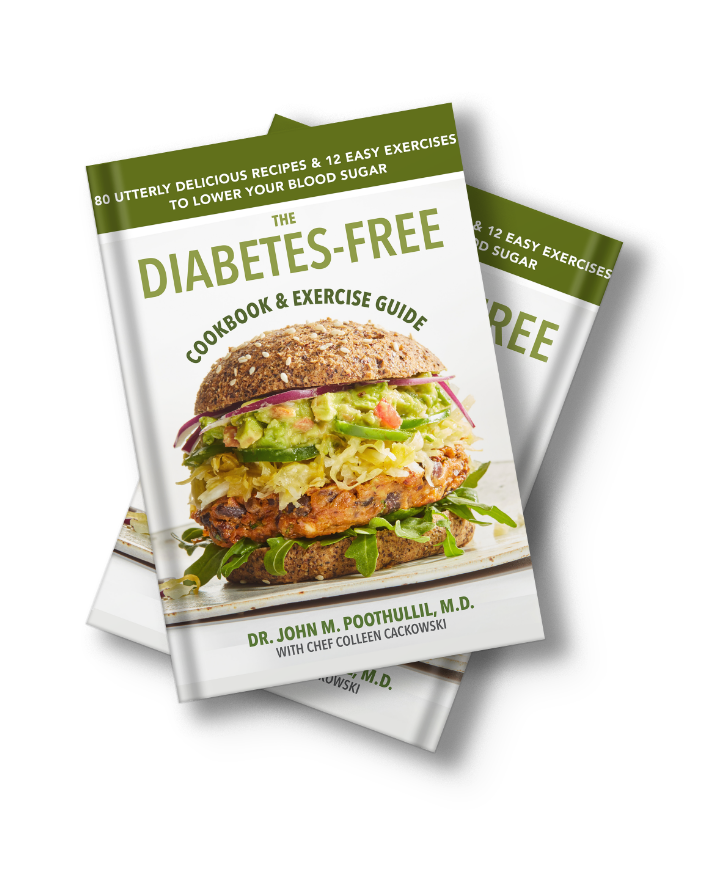
Discover how you can live a diabetes-free life with Dr. John’s groundbreaking cookbook and exercise guide. With over 80 appetizing low-carb recipes created by Chef Colleen Cackowski, you’ll never miss the high-carb, high-sugar foods of your past.
What people are saying…
Filled with tons of easy-to-make meals and encourages enjoyable meal planning for moms like me. I highly recommend this book to diabetics and families trying to live and eat healthily. —Maria Chalissery, M.Sc., Diet Technician
If you are looking for ways to improve your health and add more zing to your meals, these recipes are exactly what you need. —Jyoti Veeramoney, Chef, Certified Yoga Instructor
These exercises are great because they focus on dynamic movement that improves joint range of motion and flexibility. They require no equipment, build core strength and stabilization, and incorporate movements that can correct posture, which can decrease the risk of falling. —Sophia LaValle, NASM Certified Personal Trainer


